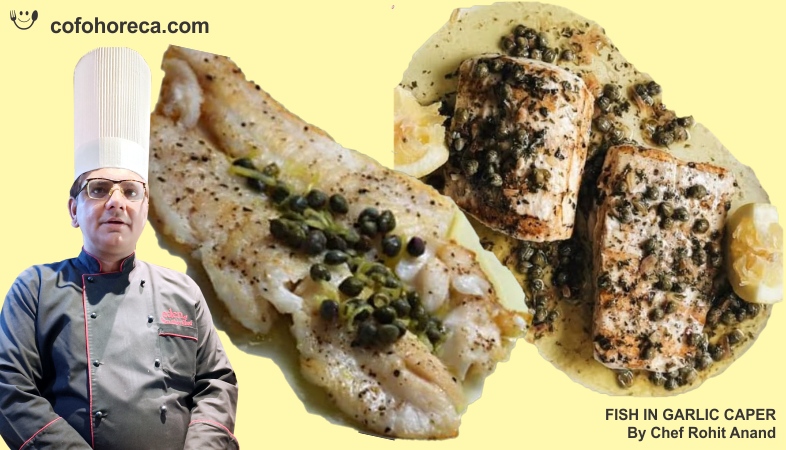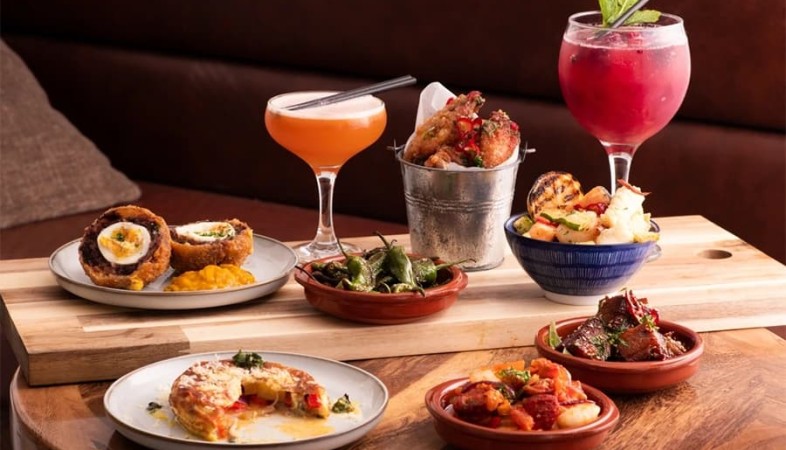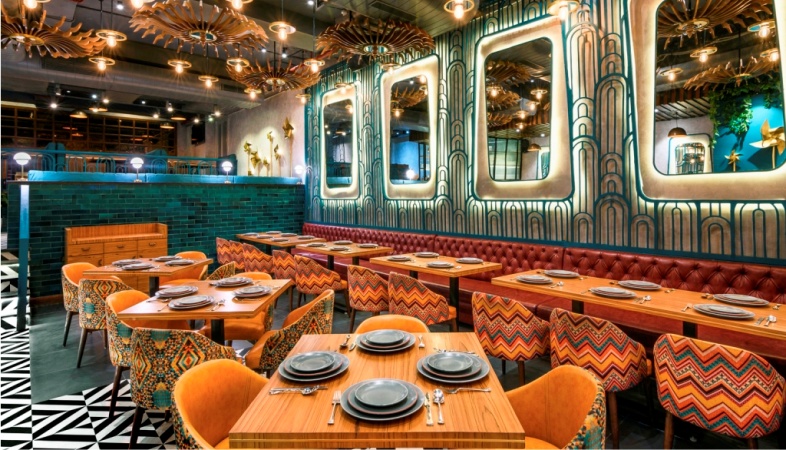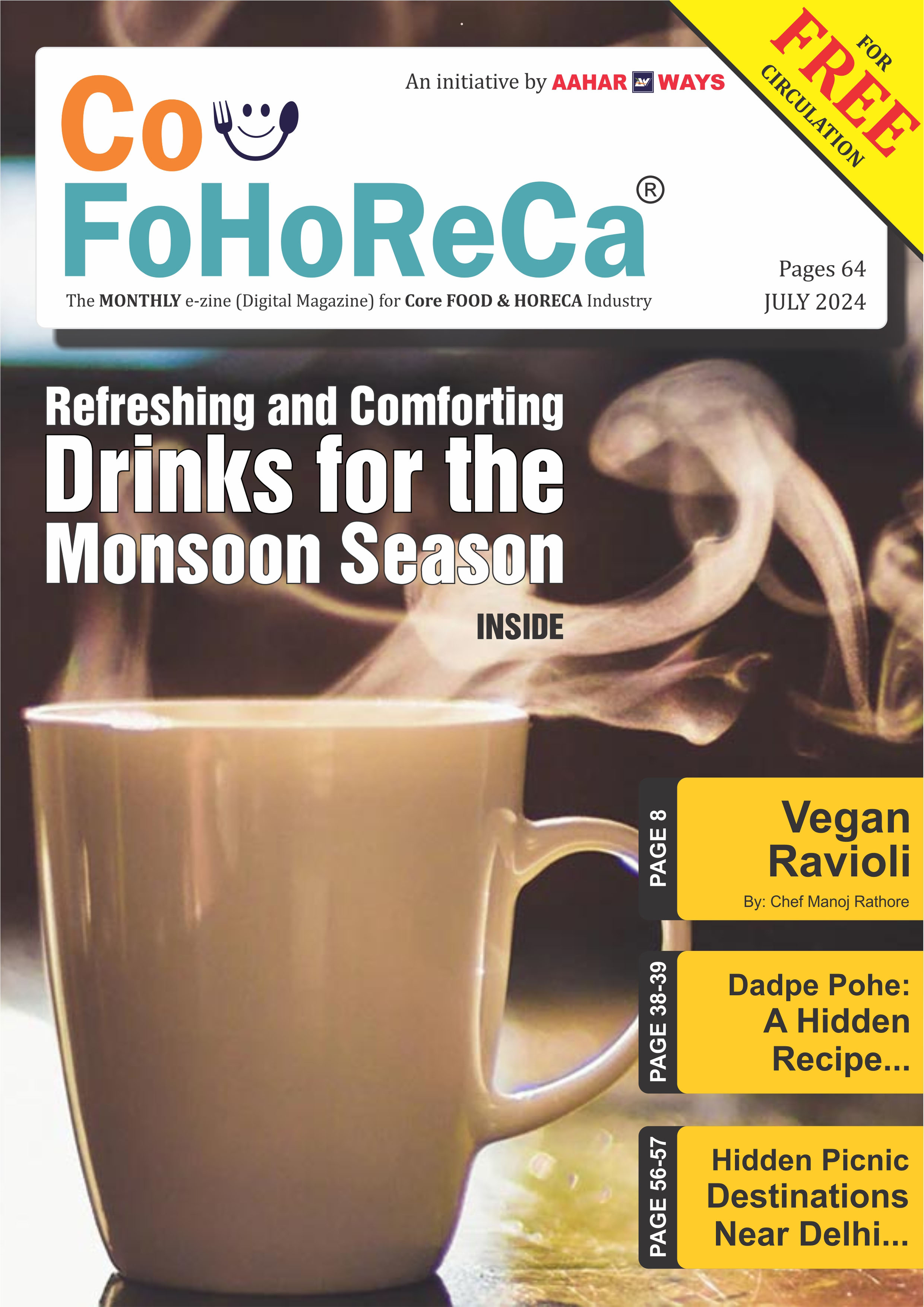The Essential Role of Packaging in the Food and HORECA Industry
Sustainable packaging not only aligns with corporate social responsibility goals but also resonates...

Introduction:
Packaging plays a pivotal role in the success of businesses, especially in the food and Hospitality, Restaurant, and Catering (HORECA) industry. Beyond its traditional function of protecting and preserving products, packaging has evolved to become a powerful tool for marketing, brand differentiation, and customer experience. In this article, we will delve into the multifaceted use of packaging in the food and HORECA industry, exploring its impact on product quality, sustainability, and consumer preferences.
Preserving Product Quality:
One of the primary functions of packaging in the food industry is to preserve the quality and freshness of products. Packaging acts as a barrier against external factors such as air, moisture, and contaminants, ensuring that the food maintains its integrity from production to consumption. In the HORECA sector, where large quantities of food are often prepared in advance, effective packaging is crucial to extend the shelf life of ingredients and finished dishes.
The choice of packaging materials is critical in preserving product quality. Innovations in packaging technology have led to the development of materials that enhance food safety, reduce spoilage, and minimize the use of preservatives. Vacuum-sealed packaging, for example, removes air from the package, slowing down the oxidation process and extending the freshness of perishable items.
Marketing and Brand Differentiation:
Packaging serves as a powerful tool for marketing and brand differentiation in the highly competitive food and HORECA industry. The design, color scheme, and overall aesthetics of packaging contribute to the visual appeal of products, influencing consumer purchasing decisions. Well-designed packaging can create a lasting impression, making the product stand out on crowded shelves or in a bustling restaurant environment.
In the HORECA sector, where the presentation of dishes is as important as their taste, packaging plays a crucial role in conveying the brand's identity. Branded packaging not only enhances the overall dining experience but also serves as a form of free advertising, as customers often share their dining experiences on social media platforms.
Sustainability and Eco-Friendly Packaging:
With growing awareness of environmental issues, consumers in the food and HORECA industry are increasingly prioritizing sustainable and eco-friendly packaging options. Businesses are responding by adopting packaging materials that are recyclable, biodegradable, or made from renewable resources. Sustainable packaging not only aligns with corporate social responsibility goals but also resonates with environmentally conscious consumers.
In the HORECA sector, where single-use packaging is prevalent, there is a rising demand for alternatives that minimize environmental impact. Restaurants and catering services are exploring options like compostable utensils, biodegradable takeout containers, and recyclable packaging materials to reduce their carbon footprint.
Convenience and Portability:
Packaging in the food and HORECA industry also plays a crucial role in providing convenience and portability for consumers. On-the-go lifestyles have led to an increased demand for packaging that is easy to handle, resealable, and microwave-safe. Ready-to-eat meals, snacks, and beverages are designed with packaging solutions that cater to the fast-paced nature of modern living.
In the HORECA sector, where takeout and delivery services are booming, packaging design takes into consideration the ease of transportation without compromising the quality of the food. Secure and spill-proof packaging is essential to ensure that customers receive their orders in optimal condition, contributing to a positive overall experience.
Conclusion:
The use of packaging in the food and HORECA industry extends far beyond mere containment; it is a dynamic and integral part of the business strategy. Effective packaging preserves product quality, serves as a powerful marketing tool, aligns with sustainability goals, and enhances convenience for consumers. As the industry continues to evolve, businesses must stay attuned to changing consumer preferences and technological advancements to leverage packaging as a key differentiator in a competitive market. By understanding the multifaceted role of packaging, businesses can create a positive impact on both their bottom line and the environment.
.png)



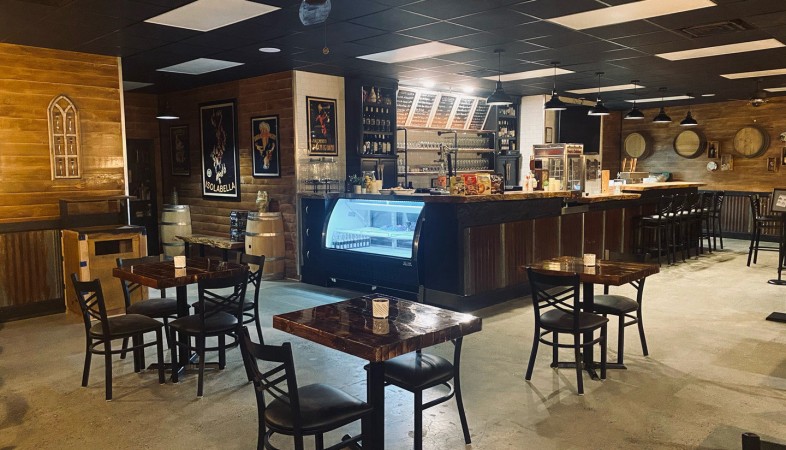


.jpg)
.jpg)
.jpg)

